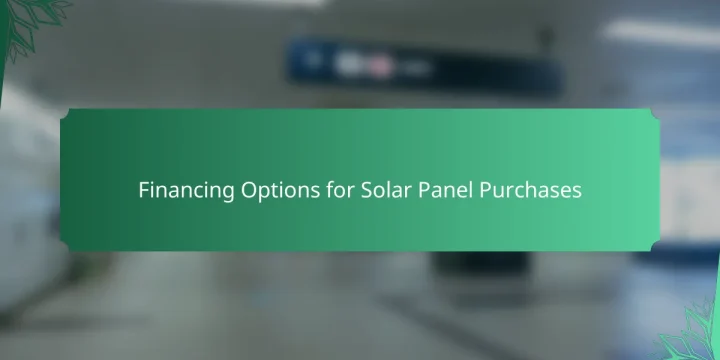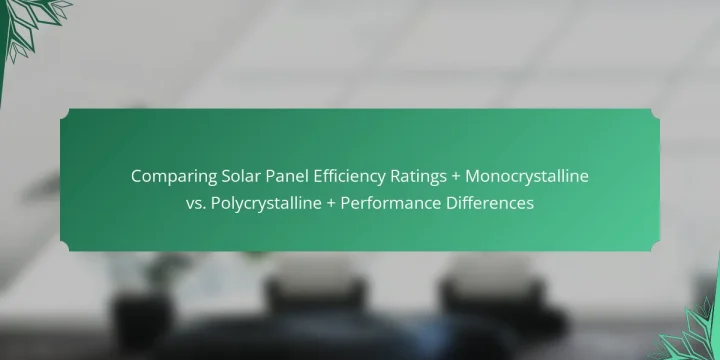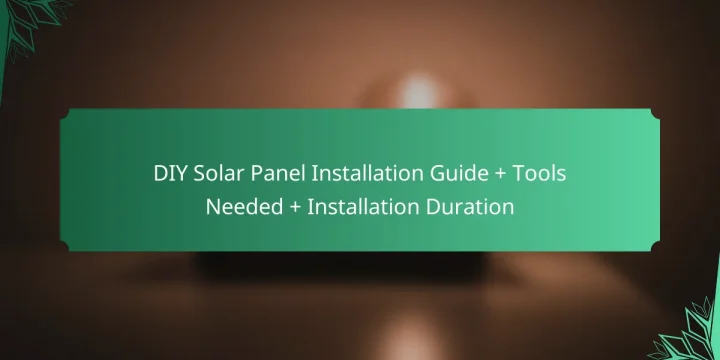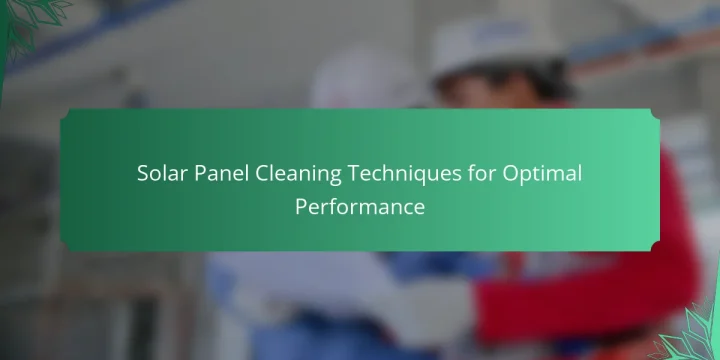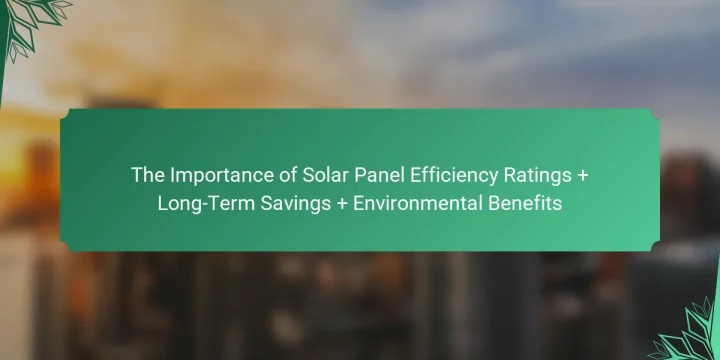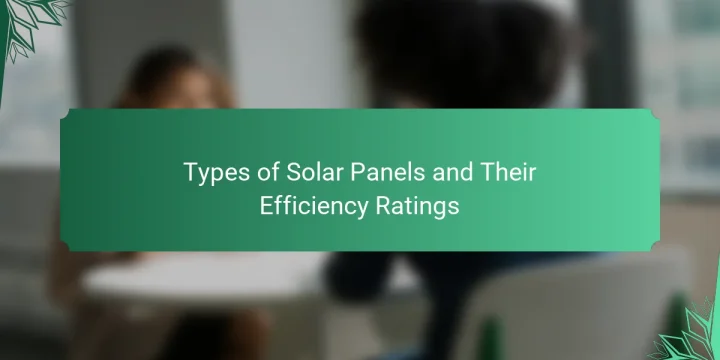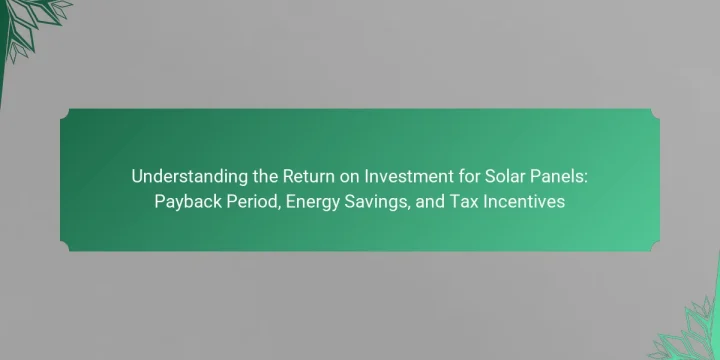
Welcome to Monarch Power
At Monarch Power, we believe that clean, renewable energy should be accessible to everyone. As a leading solar panel company, we are dedicated to transforming the way you power your life. Our mission is to provide sustainable energy solutions that not only reduce your carbon footprint but also save you money on your energy bills. Join us in our journey towards a brighter, greener future.
Whether you're a homeowner looking to harness the sun's power or a business aiming to reduce operational costs, our team of experts is here to guide you every step of the way. We offer tailored solar panel installations, innovative financing options, and ongoing support to ensure a seamless transition to solar energy. With Monarch Power, you can rest assured that you're making a smart investment in both your future and the planet.
Explore Our Key Features
- Customized Solar Solutions
- Expert Installation Services
- Financing Options Tailored to Your Needs
- Comprehensive Energy Savings Analysis
- Dedicated Customer Support


